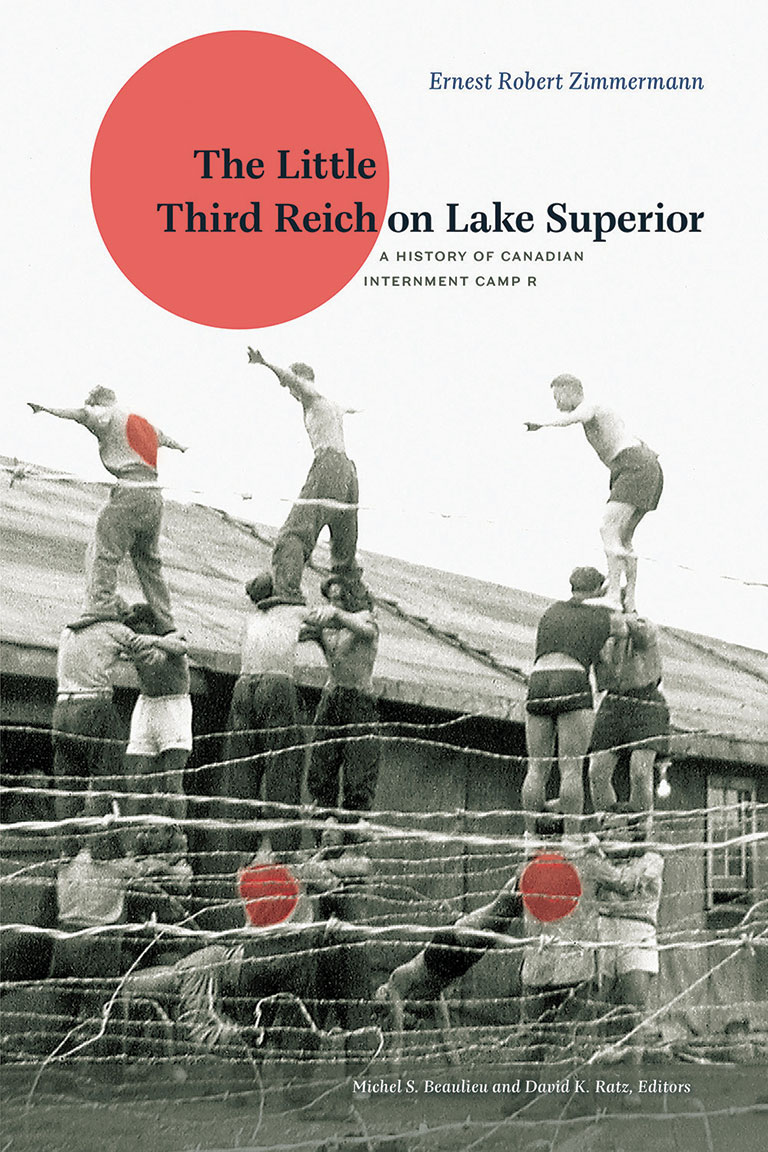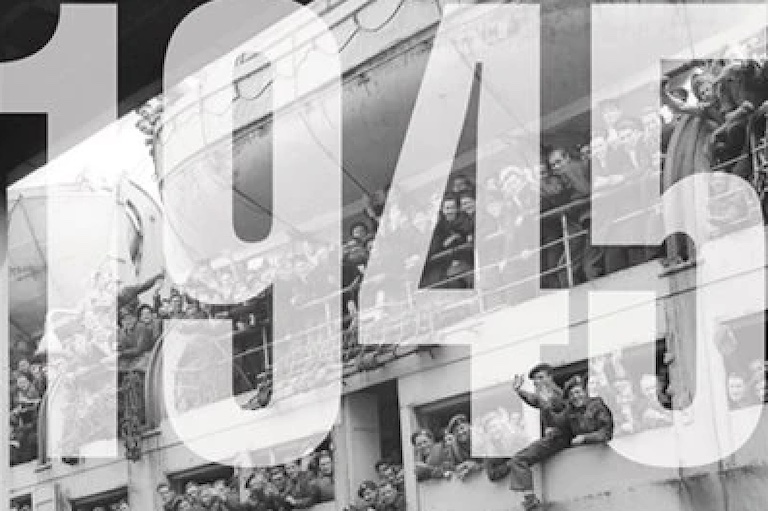The Little Third Reich on Lake Superior

The Little Third Reich on Lake Superior: A History of Canadian Internment Camp R
by Ernest Robert Zimmermann
University of Alberta Press
380 pp., $29.95
An ocean away from the front lines of the Second World War, nestled in the forest of Northwestern Ontario, Internment Camp R housed 1,150 prisoners of war for eighteen months between 1940 and 1941. Author Ernest Robert Zimmerman, a former Lakehead University history professor, grew up in wartime Nazi Germany. His comprehensive book sheds light on a slice of history that brought European prisoners of war and other internees to an isolated Canadian community.
Zimmerman’s thorough research, along with numerous photos of daily life in Camp R, paints a vivid picture of life at the camp and the political context that spawned it. Meant to house “enemy alien” prisoners and internees who had been identified as too dangerous to be kept in Britain’s camps, Camp R was in reality home to a hodgepodge of people who included German refugees (such as Jews and anti-Nazis), Nazis and their sympathizers, German nationals (some of whom had lived for decades in Britain), and German merchant seamen. This unlikely and politically incongruous collection made for a sometimes-volatile situation.
Completed after the author’s death by two of Zimmerman’s former students and fellow Lakehead professors, The Little Third Reich on Lake Superior is a fascinating look into the politics of wartime internment camps and the role Canada played as host to the unique group of internees at Camp R.
Themes associated with this article
Advertisement




